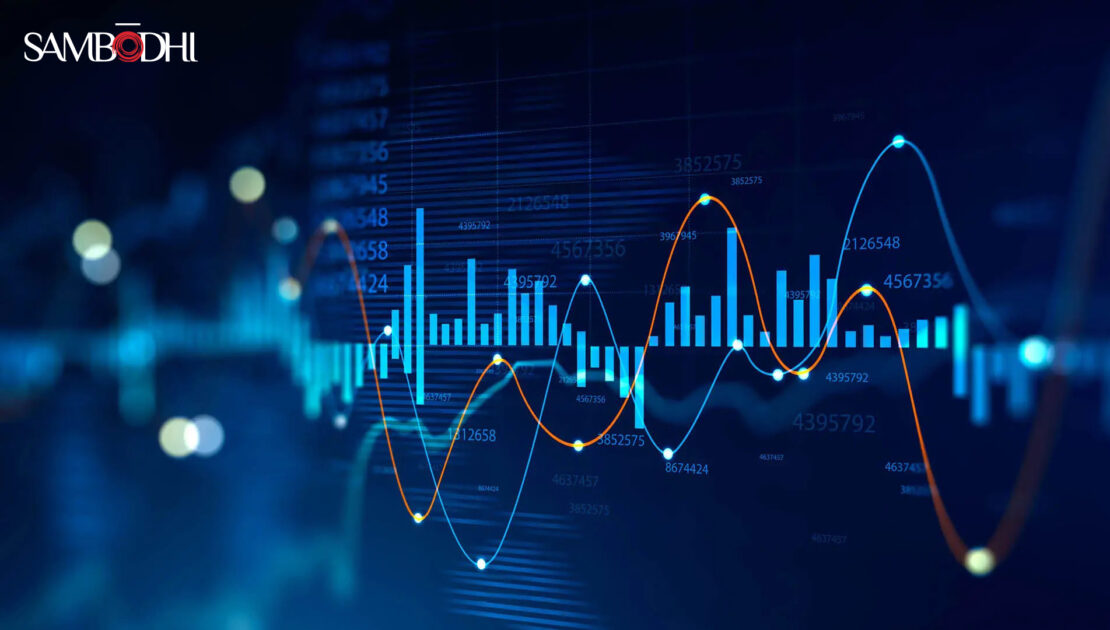Types of Analytics: Descriptive, Diagnostic, Prescriptive, and Predictive Analytics

In the data science world, you hear the terms descriptive analytics, predictive analytics, prescriptive analytics, or diagnostic analytics. Generally, these terms are grouped. There are several misunderstandings about what these things are and aren’t, so in the present blog; we will try to demystify these terms.
Descriptive Analytics
Let’s begin with descriptive analytics. Simply put, descriptive analytics describes data and explains how it has changed over time. People often refer to descriptive analytics when they talk about exploratory data analysis.
Descriptive analytics is quite valuable, like bar charts, histograms, box plots and time graphs. All these items fall under the area of descriptive analytics.
Another example of descriptive analytics is when you’re looking at the past and comparing some responses between different groups. In the descriptive analysis, you may use unsupervised learning techniques to create clusters from historical data.
Diagnostic Analytics
It involves thoroughly examining your data to discover essential insights. Diagnostic analytics illustrates how you’ll question your data, explaining why it happened. Most businesses begin their data analysis process with descriptive analytics, which records what has already happened. Analytical diagnostics goes beyond identifying outcomes and reveals their rationale. Data discovery, drill-down, data mining, and correlations are some of the typical diagnostic analytics methods.

Predictive Analytics
Several predictive models are used to determine the future, including forecasting, classification, and regression models. They are used to express predictions rather than infer probabilities.
Let’s consider linear or logistic regression. In these instances, we may know some covariance or information about a subject set, but we do not see the subject’s variance. Consequently, these regression approaches may be used to forecast this reaction.
There are also newer branches in spatial forecasting models right now. If you have time-series data, you can use an autoregressive integrated moving average (ARIMA) or another variance to create a forecast. As a result, most supervised learning methods or deep learning methods can also be categorized as predictive analytics methods.
Prescriptive Analytics
And last but not least is prescriptive analytics, which can be the most powerful due to its potential. In order to manage risk effectively, the user must control unknowns and uncertainty and be informed of how to proceed in an optimal situation.
Even though a descriptive analysis can be used to help you determine what to do, it isn’t prescriptive. Mathematical optimization models are the most common type of prescriptive analytics, so these cases often have some sort of impact. It is possible to combine some limitations and characteristics into an objective function, which can then be compared with alternative combinations.
Simulation models are also prevalent in finance, healthcare, and supply chain management environments. Monte Carlo simulations are the most popular type of simulation, which controls unknown stochastic outcomes by repeating random sampling. In this way, you are controlling volatility and uncertainty. The discrete event simulation can also be very effective for real-life modeling processes and the interaction between distinct events.
However, this is not necessarily a straight line. It is often more circular and intertwined when moving from descriptive to prescriptive; for instance, you might start with some descriptive work and then build a predictive model.
Kultar Singh – Chief Executive Officer, Sambodhi

